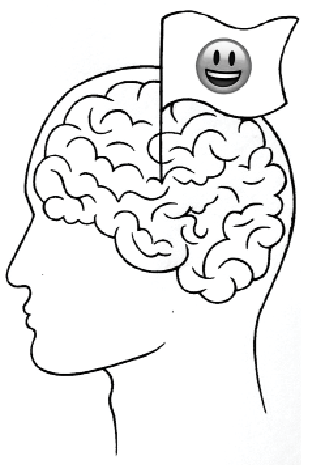True wellness must place health before UVM image
December 1, 2017
There have been sweeping changes in higher education as of late. With the introduction of a more diverse and qualified student population, services provided on college campuses must adjust to provide suitable resources for the next generation of the American workforce.
The University of Vermont is not immune to the call for change. In recent months, our undergraduates have exercised a powerful voice for comprehensive reforms in many areas that demand immediate improvement.
As the institution pivots to combat many of the emergent problems of the decade, the administration promises lofty goals and presents programs that, at first glance, aim to change student life for the better.
Wellness is a term tossed around liberally on campus. It is attached to many features of the campus experience, from residential life to the new athletic project. Wellness, however, is more than making healthy choices or a branding term to make changes more palatable to the student body.
Complete wellness means providing adequate resources to our community on both the preventative and intervention based sides of the collegiate healthcare model.
If the university is going to use the term to ad nauseam, the expectation should be that efforts are directed into areas of the university that make a lasting impact on student health.
Over the past few months, the Student Government Association has been evaluating student health and related services on campus. Updates to existing clinical spaces need to be seriously considered by the full administration. Research has shown that sufficient access and up to date facilities improve graduation and retention rates and greatly impact the student experience.
Questions about the quality and accessibility of the aging Student Health Center facilities should, and are, being raised. Counseling and Psychiatry Services is currently located in a stigmatizing separate location within a residential building and must cope with rising demands for resources.
The focus should not solely rest on clinical medicine, however.
Crucial community and identity driven offices including Living Well, the Mosaic and Women’s Centers and the Catamount Recovery Program need serious attention to continue their standards of excellence for those in need.
These words should not be seen as a call to arms, but as a firm reminder that student priorities are paramount when it comes to healthcare on campus.
I encourage the reader to reflect on the influence that quality healthcare has had on their lives and to consider a more appropriate definition for wellness.
Christopher Petrillo
SGA President

















